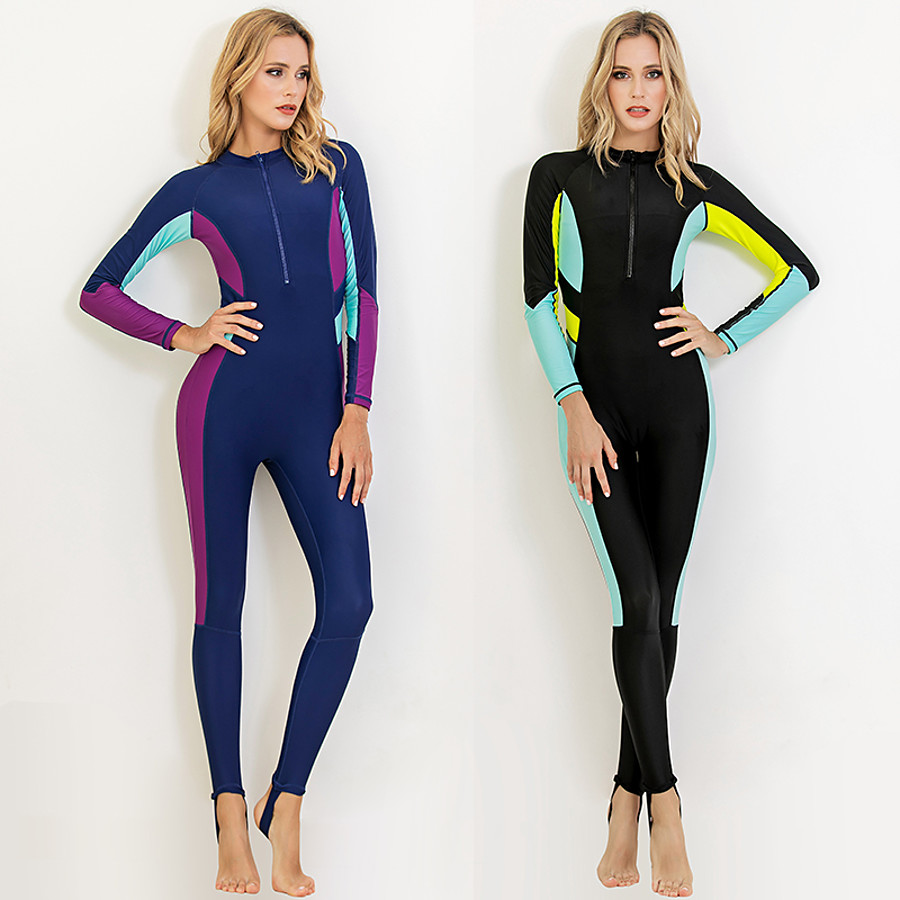

#Sbart sun protection clothing skin
Their skin is much more sensitive than adult skin, and damage caused by repeated exposure to sunlight could lead to skin cancer developing in later life.Ĭhildren aged under 6 months should be kept out of direct strong sunlight.įrom March to October in the UK, children should: Take extra care to protect babies and children. Sunscreen should be reapplied straight after you have been in water, even if it's "water resistant", and after towel drying, sweating or when it may have rubbed off. Use water-resistant sunscreen if it's likely you'll sweat or have contact with water. Water also reflects ultraviolet (UV) rays, increasing your exposure. Water washes sunscreen off, and the cooling effect of the water can make you think you're not getting burned. It's also recommended to reapply sunscreen every 2 hours, as the sun can dry it off your skin. This includes applying it straight after you have been in water, even if it's "water resistant", and after towel drying, sweating or when it may have rubbed off. Sunscreen needs to be reapplied liberally and frequently, and according to the manufacturer's instructions. Sunscreen should be applied to all exposed skin, including the face, neck and ears, and head if you have thinning or no hair, but a wide-brimmed hat is better. If you plan to be out in the sun long enough to risk burning, sunscreen needs to be applied twice: If you're worried you might not be applying enough SPF30, you could use a sunscreen with a higher SPF. If sunscreen is applied too thinly, the amount of protection it gives is reduced.

A tan does not protect your skin from the sun's harmful effects.Īim to strike a balance between protecting yourself from the sun and getting enough vitamin D from sunlight. There's no safe or healthy way to get a tan.

You can burn in the UK, even when it's cloudy. Sunburn increases your risk of skin cancer. Sunburn does not just happen on holiday. Advice for adults and children on sunscreen and sun safety in the UK and abroad.


 0 kommentar(er)
0 kommentar(er)
